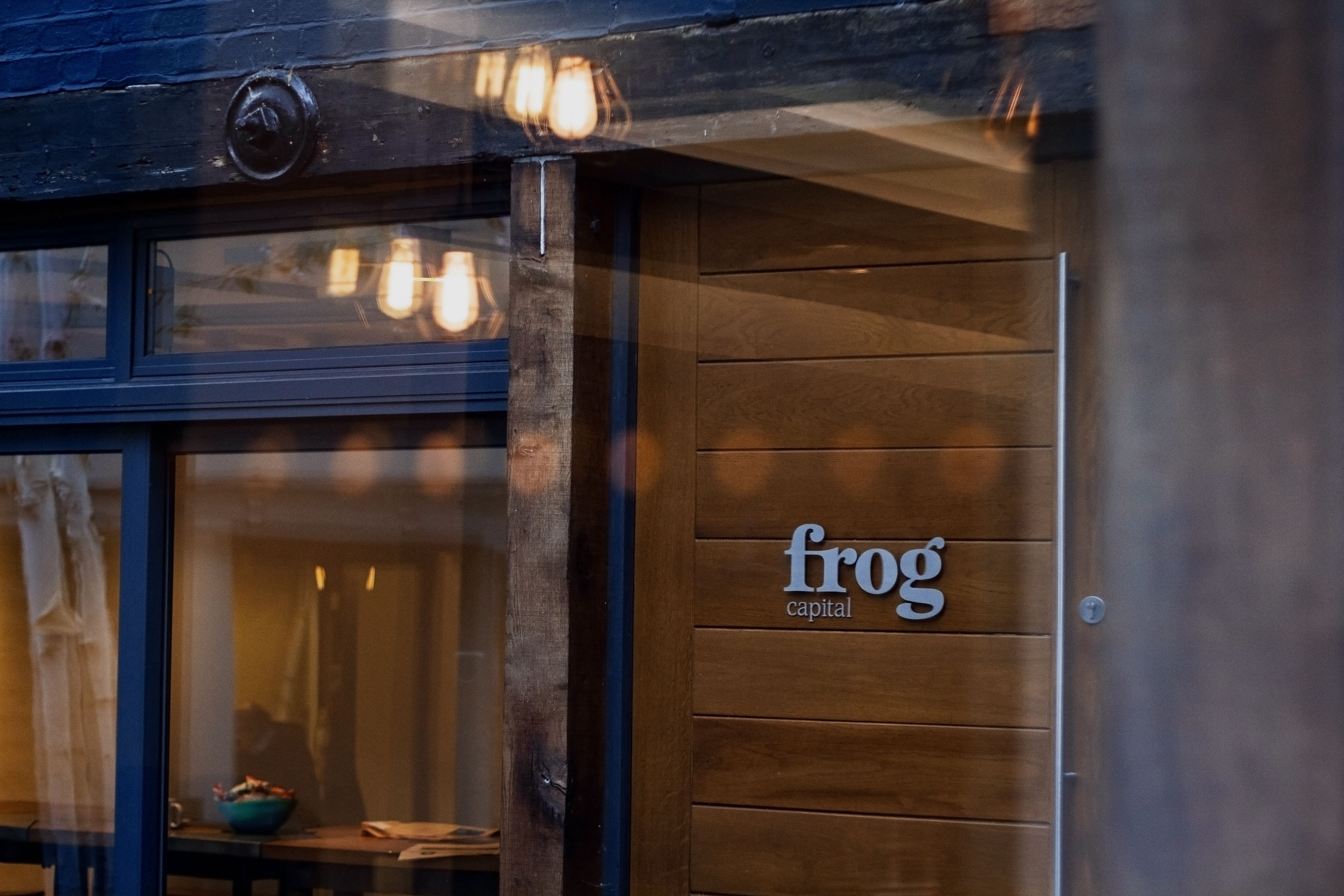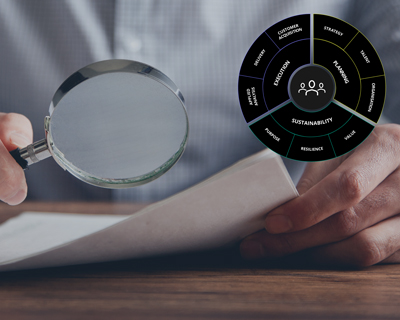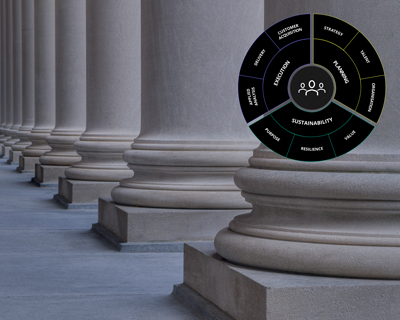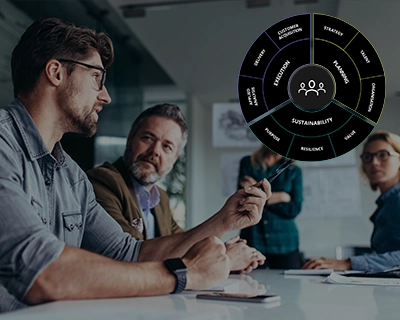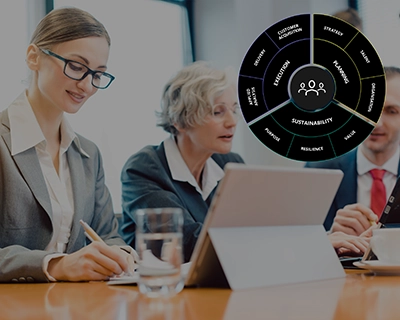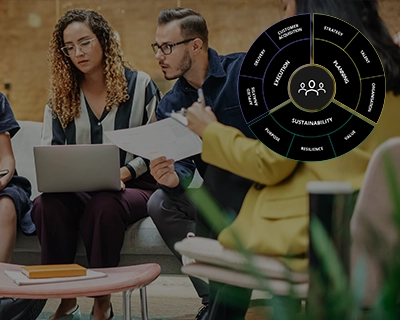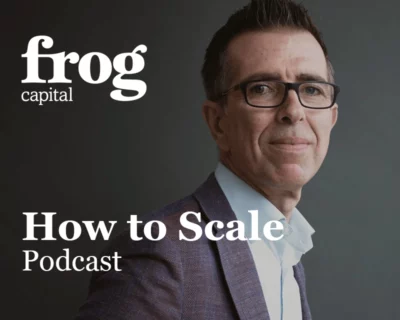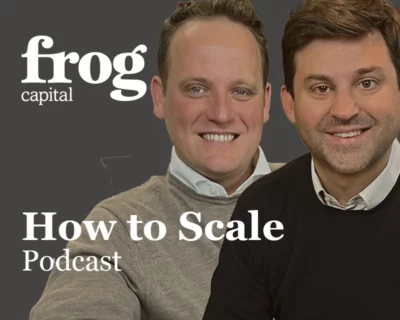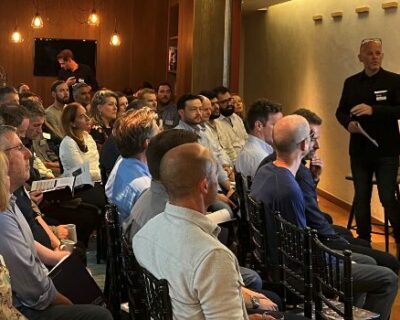How can businesses walk the fine line between top-line growth and long-term sustainability?
Founding and building a business from just an idea into a global player, then achieving a successful exit, is shorthand for how difficult the Scale-Up journey is. It is not for the faint hearted.
Aggressive market expansion, and top-line revenue growth at all costs
Growing top-line revenue at all costs has the disadvantage of making the management team oblivious to the underlying unit economics of the business. Clearly for some businesses blitz-scaling works but it’s not for every business, and it’s important that we don’t encourage every business down this path.
Achieving profitability
The priority when trying to get companies to profitability is sustainability, which comes through improvement in LTV/CAC: the ratio between the lifetime value of the average customer and the cost of acquiring them.
If the business fundamentals are good then it’s all about zealous focus on costs and focusing on delivering value to customers to ensure churn is minimised and delivering extra value, so the revenue can be grown. Striking a balance between getting a company to profit and still continuing to grow the top line significantly is very difficult, and many companies get this wrong.
How do businesses achieve this?
Mature management teams are not deluded about the potential growth of their business, and have a realistic view of the market. In the quest for the forever 100% growth top-line, one could drive a perfectly great business to extinction.
Frog’s portfolio company Skimlinks, which was successfully acquired in the middle of the pandemic, built an excellent core business helping 80% of the top publishers in the world significantly increase their revenue. Any business that has a direct impact on its customers’ P&L is in a unique position; one that they can maximise if they can deliver continued value.
Over the course of our investment there needed to be a realignment from innovation to focus on the core business. Skimlinks executed very successfully on generating significant growth as well as significant profits and cash. It’s a solid example where throwing money at problems was not the answer, it just needed a change in focus and culture.
Tools to support CEOs and companies during the Scale-Up phase
Frog’s proprietary framework, the Scale-Up Methodology, is used to both assess companies before we invest and to help us use a common language to help our companies. Our job at Frog is to support our CEOs achieve the best potential possible for their companies. This means both providing such tools to help them as well as providing an active and supportive role through our Operating Partners and via our participation on the board. Toolkits such as Sustainable Unit Economics and Building Sustainability are particularly relevant in this instance.
We are aware that markets change, businesses change and as a helpful investor we must be savvy to know when to challenge and when to agree with the CEO. As board members we must be excellent at reading the dynamic, not jump to conclusions, and work tirelessly to create alignment in the board.


